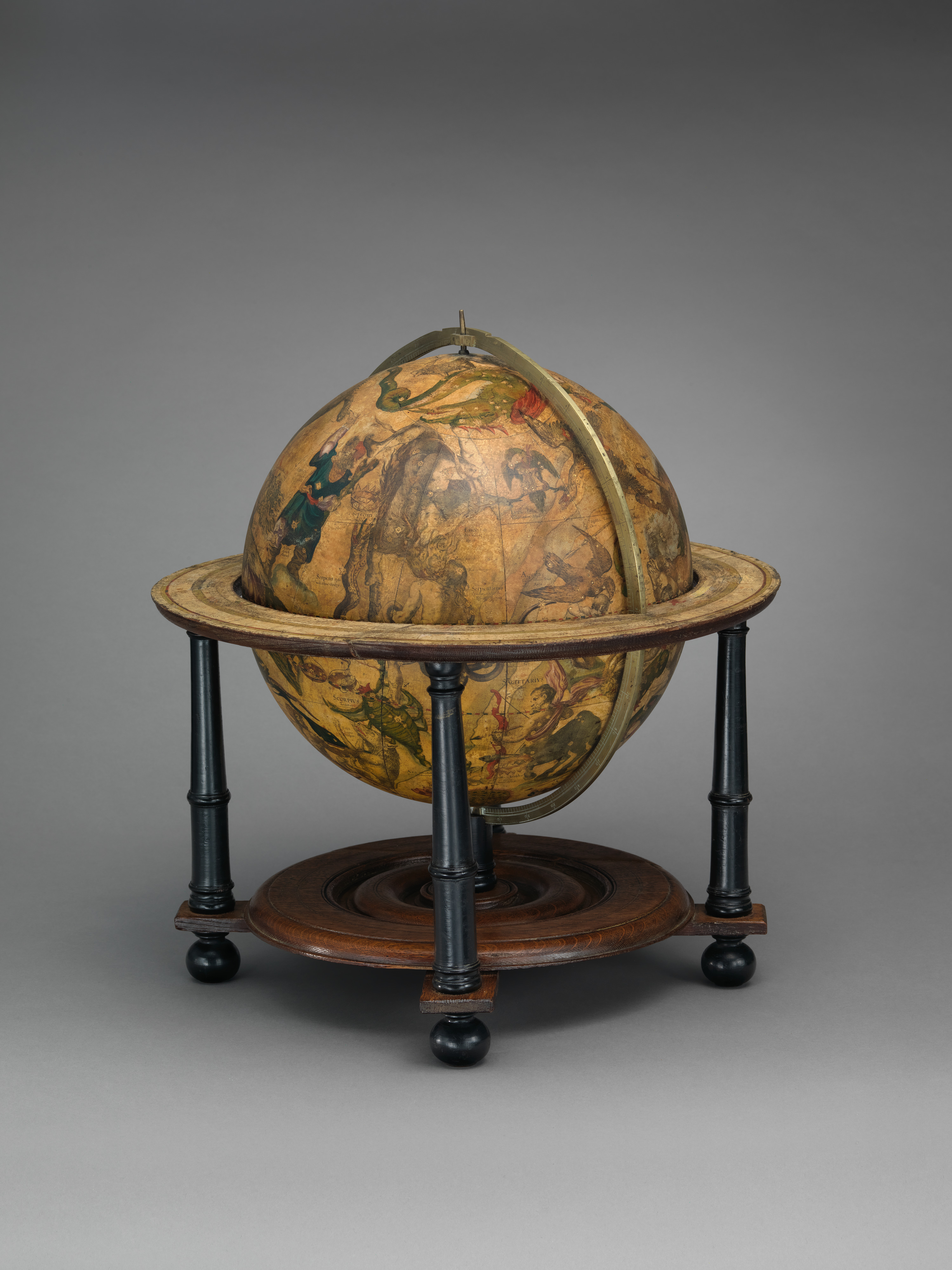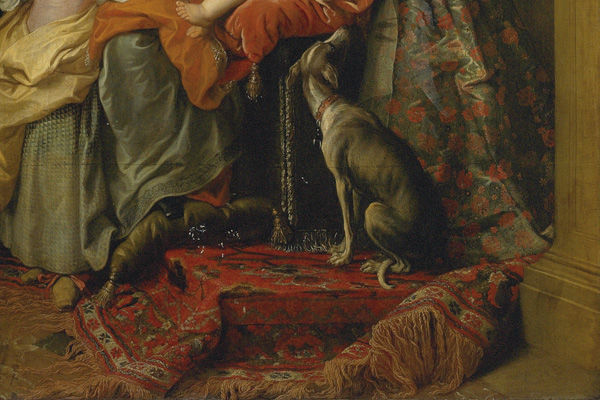Celestial globe
Willem Jansz Blaeu Dutch
Not on view
Amsterdam's printers and engravers contributed materially to the brilliance of Dutch achievement in the seventeenth century. One of the most prominent among them was the cartographer and globe publisher Willem Jansz Blaeu. Blaeu, born Willem Jansz, or Janszoon, in Alkmaar, opened a shop in Amsterdam about 1598, after having studied briefly with the great Danish astronomer Tycho Brahe (1546–1601). Blaeu's first celestial globe appeared almost immediately. The stars on it were based on Brahe's star catalogue, but the prototypes for the beautifully engraved constellation figures have never been identified. The globe was soon superseded, however, by one published by Blaeu's chief competitor, Jodocus Hondius (1563–1612), showing the newly discovered constellations of the southern hemisphere. In 1603 Blaeu issued a corrected edition of his celestial globe, which he sold with his terrestrial globe of 1599. The globes, consisting of engraved paper gores inside a horizon circle on a wooden stand, and supported by a brass meridian ring, with an hour circle and pointer attached to the top of the ring.
Blaeu published pairs of globes from four additional sets of plates, which together are considered to have been the best in seventeenth-century Europe. Blaeu took his surname around 1621 to avoid confusion with Jan Jansz (about 1588–1664), a son-in-law of the rival Hondius. Blaeu was appointed cartographer to the Dutch East India Company in 1633 and before his death began the multivolume world atlas that was completed by his son Joan Blaeu (about 1598–1673) and published in Latin, Dutch, French, German, and Spanish editions.
The engraved gores for the 1603 edition are those on the Museum's globe, but the cartouche has been corrected to show the surname Blaeu. The stand is the original, but the hour circle is missing.
Due to rights restrictions, this image cannot be enlarged, viewed at full screen, or downloaded.
This artwork is meant to be viewed from right to left. Scroll left to view more.




